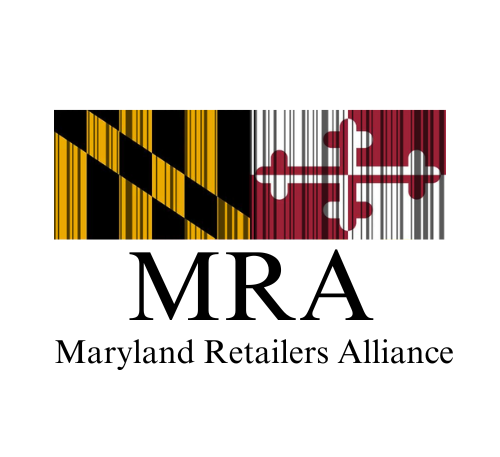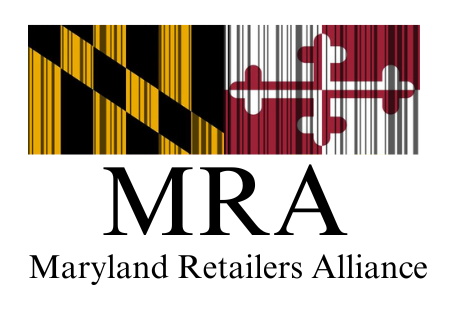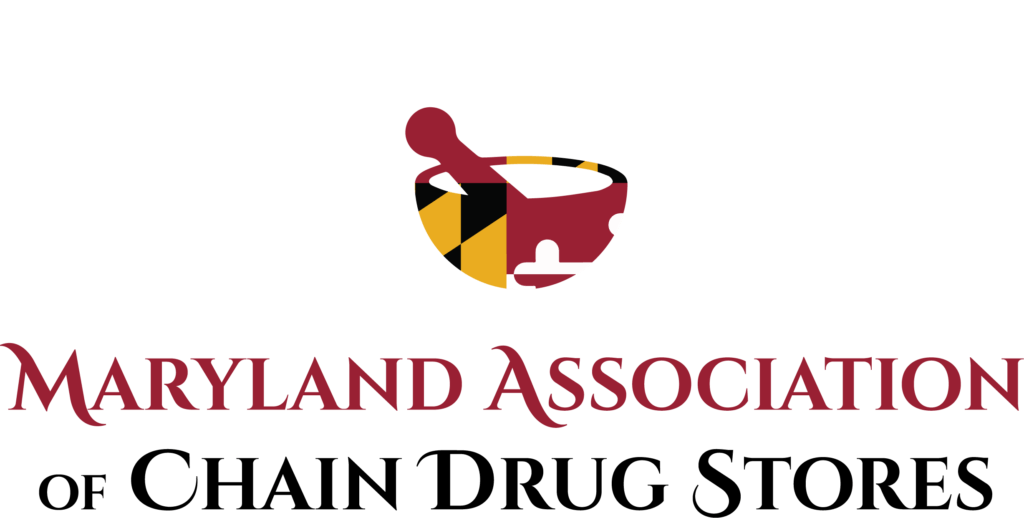Grocers warn SNAP cuts will wreck revenues, close stores, and starve vulnerable communities
As excerpted from The Baltimore Sun:
Grocers and food policy researchers are sounding alarms that looming federal food stamp cuts could gut store revenues, trigger layoffs and shutter local independent stores.
The changes to the federal food stamp program — officially called the Supplemental Nutrition Assistance Program or SNAP — could potentially cause about 3,800 SNAP state retailers to experience a downturn in the next few years and affect hundreds of thousands of Marylanders’ ability to afford groceries.
The program cuts passed in the “One Big Beautiful Bill,” grocers say, could cause their customers to lose their eligibility, limit their spending power and harm vulnerable communities. Supporters, however, said the law promotes work and program integrity.
In fiscal year 2025, Baltimore City had, on average, about 147,300 participants in SNAP, according to June 2025 Maryland Department of Human Services (DHS). About 693,5000 Marylanders, or 11% of the population on average, receive SNAP monthly.
In fiscal year 2027, Maryland’s share of administrative costs for SNAP will increase from 50% to 75%. In fiscal year 2028, the state will pay for SNAP benefits depending on its “error rate,” or how much it over- or underpaid on benefits in past years.
Pedro Silva is one of those grocers whose business could struggle when the new law starts being implemented. He opened Tex-Mex Corner Deli & Grocery three years ago in the Highlandtown neighborhood in Baltimore, where SNAP recipients can purchase food with their EBT card. Now, he worries that the incoming cuts will slash his profits because he estimates 30% of his sales are from SNAP.
---
Maryland’s “brick and mortar shops,” like Silva’s store, would feel the greatest impact of the changes, said Cailey Locklair, president of the Maryland Retailers Alliance and Maryland Food Industry Council.
Local grocers already work with a low profit margin of 1% to 3%, Locklair said. If they see fewer consumers and money coming in, it would drastically affect their bottom line and their ability to stay open.
“It’s very, very alarming and very concerning for many retailers,” Locklair said.




